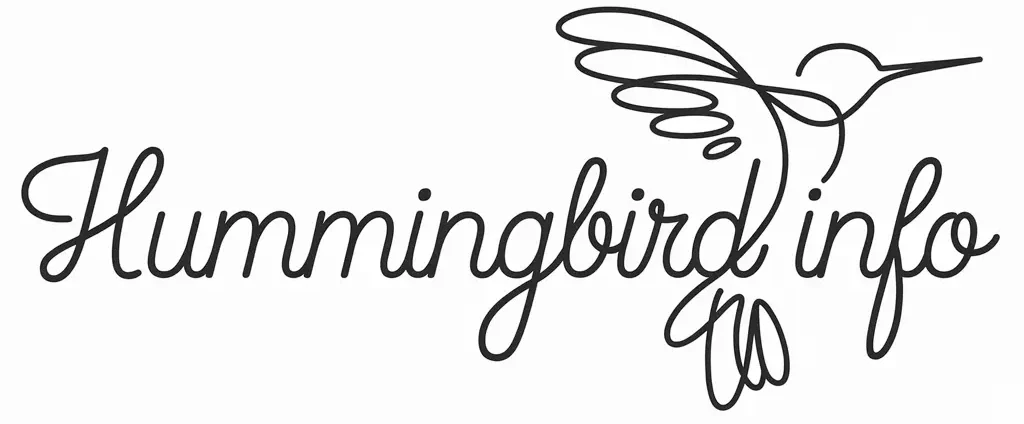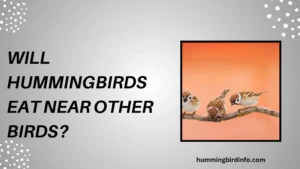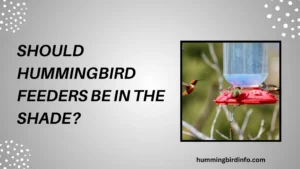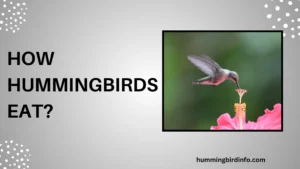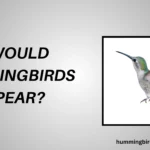There’s a certain magic in seeing a hummingbird flutter close to your window, their tiny wings beating at incredible speeds. Many garden lovers hang up feeders, dreaming of inviting these vibrant jewels into their lives.
But one important question remains: Will hummingbirds actually find your feeder?
Hummingbirds aren’t just beautiful; they are smart, selective, and sensitive creatures. Simply placing a feeder isn’t enough — you need to understand how they search for food, and what can make your feeder stand out.
This guide will help you unlock the secrets to attract hummingbirds easily. With the right tricks and a little patience, your garden can become a true paradise for these energetic guests.
Contents
- 1 How Hummingbirds Naturally Find Food
- 2 Making Your Feeder Stand Out
- 3 Preparing the Perfect Nectar
- 4 Enhancing Your Garden Environment
- 5 Patience and Timing
- 6 FAQs
- 6.0.1 1. How long does it take for hummingbirds to find a new feeder?
- 6.0.2 2. What sugar-water ratio is safe for hummingbirds?
- 6.0.3 3. Should I use red dye in my hummingbird nectar?
- 6.0.4 4. Where is the best place to hang a feeder?
- 6.0.5 5. How often should I clean my hummingbird feeder?
- 6.0.6 6. What flowers attract hummingbirds naturally?
How Hummingbirds Naturally Find Food
Hummingbirds depend mainly on their sharp eyesight to locate food sources. They are naturally attracted to the color red, which usually signals nectar-rich flowers.
Their amazing memory allows them to remember feeding spots and revisit gardens that offer reliable food. Once they trust a location, they often return daily without fail.
They also follow nectar trails, meaning areas rich in flowering plants. If your garden looks lush and colorful, hummingbirds are more likely to notice and explore it.
Making Your Feeder Stand Out
Choose a feeder that has bright red parts to quickly catch a hummingbird’s attention. Never use artificial dyes inside the nectar; the feeder’s color is enough.
Place the feeder in a highly visible spot but near natural shelters like bushes or trees for safety. Hummingbirds prefer to feed and hide easily if danger appears.
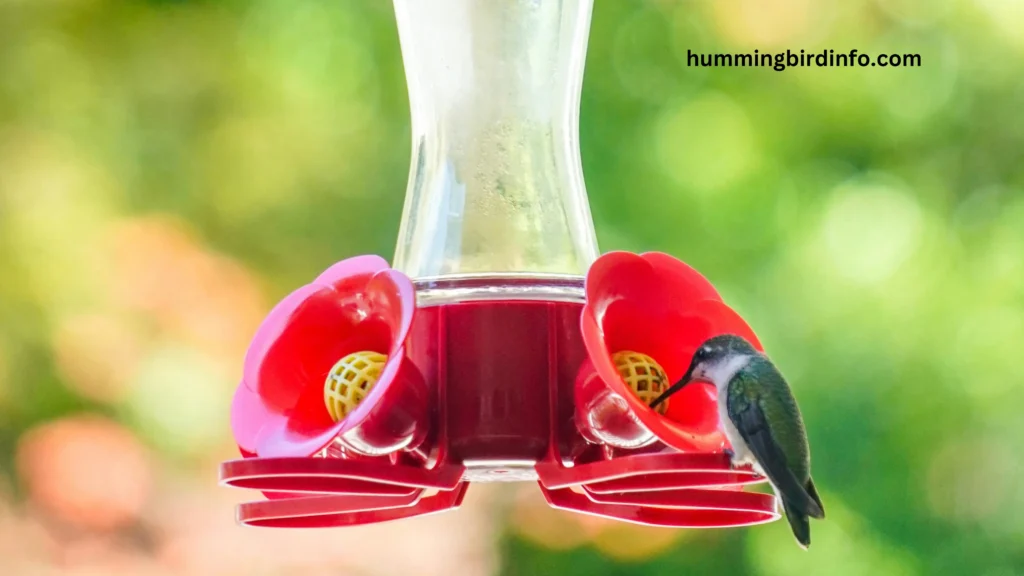
Avoid hiding your feeder deep inside thick plants — it must be easy to spot from the air as the birds fly past. Visibility is everything.
Preparing the Perfect Nectar
The best nectar recipe is simple — just one part white sugar to four parts clean water. This mimics the natural sweetness of flower nectar.
Always use pure white sugar only, avoiding honey, brown sugar, or artificial sweeteners, which can harm birds. Fresh nectar is essential for health and attraction.
Change the nectar every two to three days in warm weather, and clean the feeder thoroughly. Dirty feeders can scare birds away and even make them sick.
Enhancing Your Garden Environment
Planting hummingbird-friendly flowers around your feeder makes your garden a natural magnet for them. Flowers like hibiscus, trumpet vines, and salvia work wonders.
Adding a small fountain or misting device provides both drinking and bathing water, increasing your garden’s appeal. Hummingbirds love moving water.
Hang red ribbons or bright decorations near the feeder to double the visual attraction. Combined with flowers and water, your space becomes an irresistible hummingbird haven.
Patience and Timing
Hummingbirds may take days or weeks to discover a new feeder, especially in areas where they aren’t commonly spotted. Patience is crucial.
The best times to attract them are during migration seasons when birds are searching for new food sources. Spring and early fall are often ideal periods.
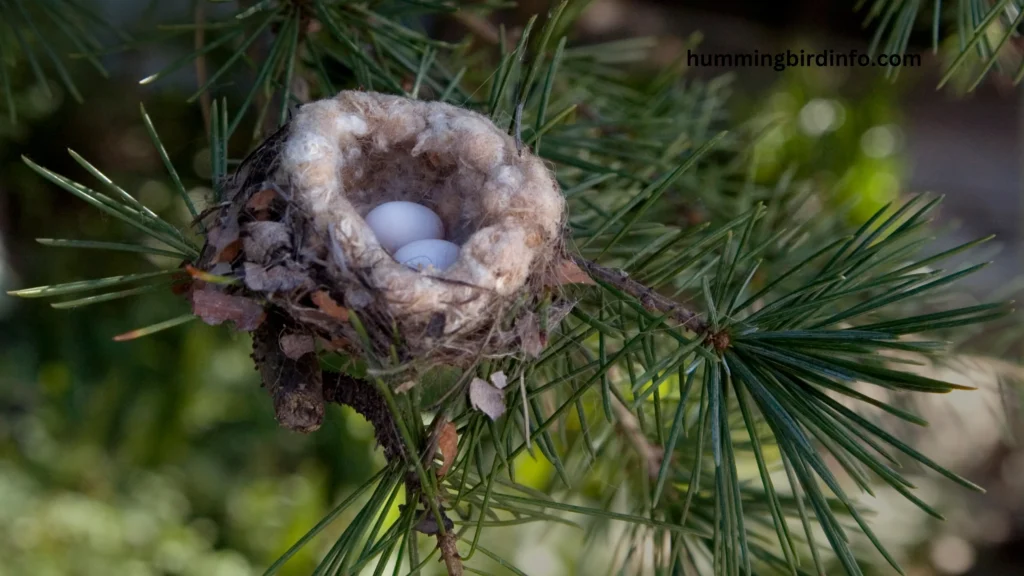
Stay consistent — keep your feeder fresh, your garden colorful, and trust the process. Your efforts will be rewarded when those tiny wings finally buzz into your view.
Conclusion
Attracting hummingbirds to your feeder is a blend of strategy, patience, and natural beauty. They can find feeders, but only if you help make it visible, safe, and rewarding.
Focus on bright colors, clean nectar, and a welcoming garden environment. Combine these with a little patience, and soon you’ll be enjoying the thrill of daily hummingbird visits.
With these tips, your feeder won’t stay lonely for long — your garden will soon be buzzing with the magic of hummingbird life.
FAQs
1. How long does it take for hummingbirds to find a new feeder?
It can take a few days to a few weeks, depending on your environment and visibility.
2. What sugar-water ratio is safe for hummingbirds?
Mix 1 part white sugar to 4 parts water — no honey or artificial sweeteners.
3. Should I use red dye in my hummingbird nectar?
No, red dye is unnecessary and harmful. Use feeders with red parts instead.
4. Where is the best place to hang a feeder?
Choose a bright, open location near bushes or trees for cover and safety.
5. How often should I clean my hummingbird feeder?
Clean your feeder every 2–3 days in hot weather and at least weekly otherwise.
6. What flowers attract hummingbirds naturally?
Flowers like hibiscus, trumpet vine, salvia, and coral honeysuckle attract them well.
